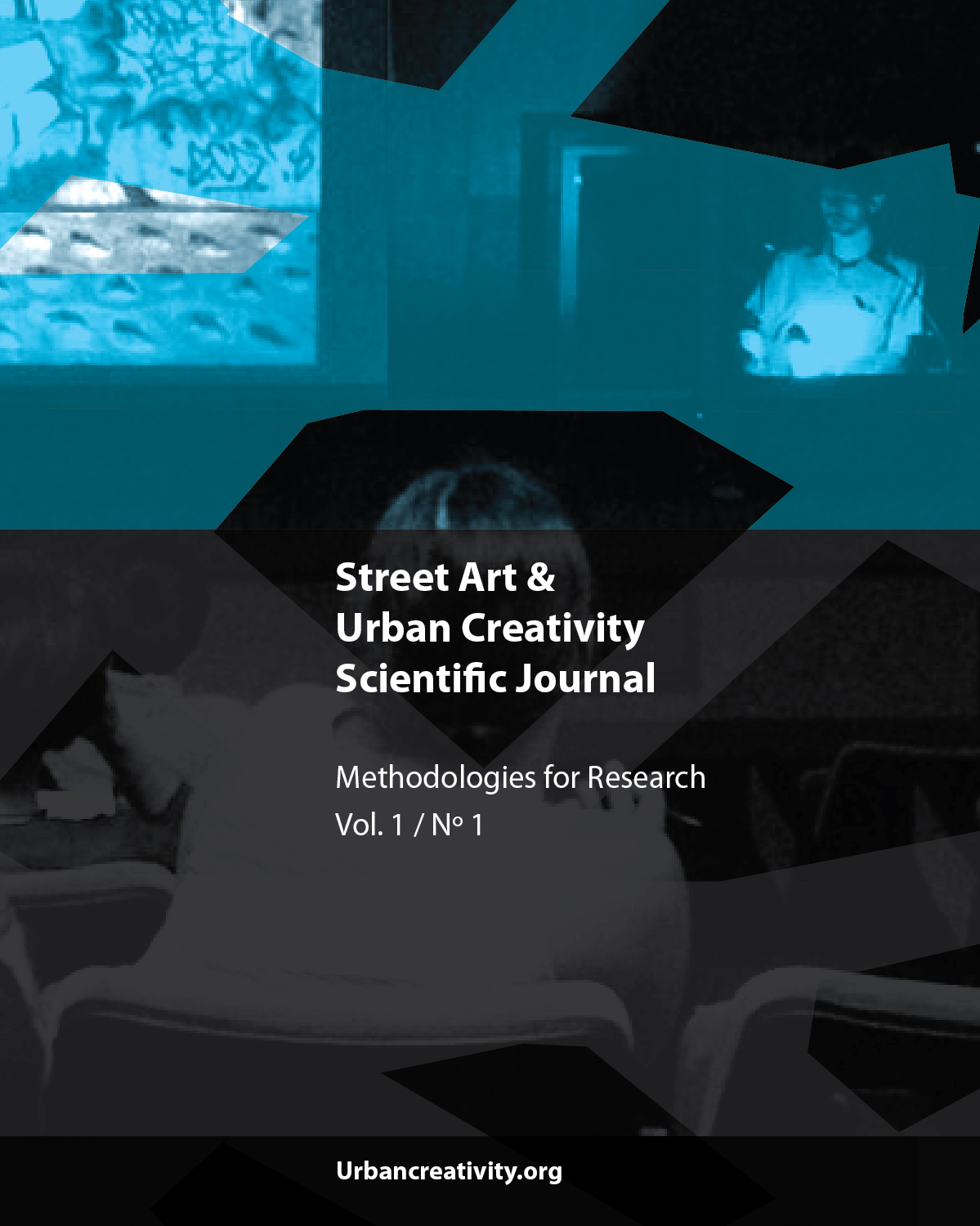Walls of Freedom:
Process and Methodologies
DOI:
https://doi.org/10.25765/sauc.v1i1.19Abstract
The Egyptian revolution of 2011 produced a massive transformation in the perception of urban space and the interrelated dynamic of people, their bodies, and the language within that space. Cultural expressions such as caricature galleries, makeshift exhibitions, chants, poetry readings, and memorial spaces defined the square as a place where activism and art intersected weaving a lyrical tapestry of the revolution. The most prominent of these expressions was the street art of the revolution where the act of painting on walls re-territorialized the city making it the revolution’s barometer by registering the shifting political discourses as they unfolded. Documenting and preserving these visual expressions was the driving force behind a three-year book project, entitled Walls of Freedom: Street Art of the Egyptian Revolution, which narrates the revolution through striking images of the art that transformed Egypt’s walls into a visual testimony of bravery and resistance. This article will serve to offer a detailed analysis of the methodologies and tools used in creating the book as well as managing, financing, and collecting all of its necessary components. Primarily focused on qualitative visual research methodologies, the book is layered into three components or levels: one level is a visual journey of the revolution through a chronological image-timeline. The categorization and indexing of images by artist, photographer, date and translation was an important function allowing quick access to images visually placing them in a larger continuum. The second level is a reference-based timeline of events where a connection between the art and the historical/political events is presented. The third level involves the essays and analysis supplementing the timeline with historical implications, political and social contexts and personal voices collected from artists and activists.
Downloads
Global Statistics ℹ️
|
165
Views
|
101
Downloads
|
|
266
Total
|
|
Downloads
Published
How to Cite
Issue
Section
License
Copyright (c) 2015 Street Art & Urban Creativity

This work is licensed under a Creative Commons Attribution-NoDerivatives 4.0 International License.
Those authors who publish in this journal accept the following terms:
-
Authors retain copyright.
-
Authors transfer to the journal the right of first publication. The journal also owns the publishing rights.
-
All published contents are governed by an Attribution-NoDerivatives 4.0 International License.
Access the informative version and legal text of the license. By virtue of this, third parties are allowed to use what is published as long as they mention the authorship of the work and the first publication in this journal. If you transform the material, you may not distribute the modified work. -
Authors may make other independent and additional contractual arrangements for non-exclusive distribution of the version of the article published in this journal (e.g., inclusion in an institutional repository or publication in a book) as long as they clearly indicate that the work was first published in this journal.
- Authors are allowed and recommended to publish their work on the Internet (for example on institutional and personal websites), following the publication of, and referencing the journal, as this could lead to constructive exchanges and a more extensive and quick circulation of published works (see The Effect of Open Access).













